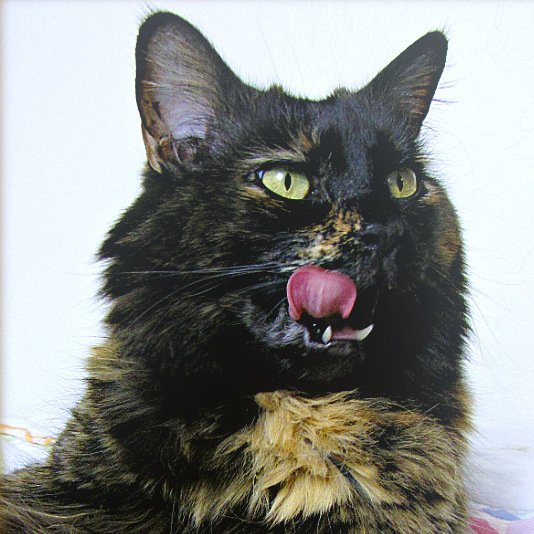Cats, with their mysterious personalities and independent nature, have always intrigued humans. While many of us adore their playful antics and soft purrs, there’s a deeper, often unseen side to them. Just like humans, cats can undergo emotional distress, and when they heal from these emotional wounds, they exhibit certain behaviors that speak volumes about their renewed sense of well-being. Understanding these habits can help cat enthusiasts better connect with their furry friends.
Increased Affectionate Behavior
One of the most noticeable changes in a cat after emotional healing is an increase in affectionate behavior. Cats that may have once been aloof or distant begin to seek out more physical contact. They might curl up in your lap more often or choose to rest beside you. This shift signifies a newfound trust and comfort in their environment. Imagine a cat, once wary of human touch, now purring contentedly as it rubs against your leg. This transformation is akin to a person who, after overcoming personal challenges, is more open to forming bonds with others. Their affection is a testament to their emotional recovery.
Playfulness Returns
Play is a vital part of a cat’s life, serving as both exercise and mental stimulation. When a cat is emotionally distressed, its playfulness might diminish or disappear altogether. However, once the healing process is complete, you’ll notice a resurgence in their playful antics. They may chase after toys with vigor or engage in spirited games of hide and seek. This renewed playfulness is akin to a human finding joy in hobbies and activities after a period of sadness. It’s a delightful sign that your feline friend is feeling secure and happy again.
Improved Appetite

Just like humans, cats can lose their appetite when they’re stressed or emotionally unwell. A noticeable improvement in their eating habits is a positive sign of emotional healing. Cats that were once picky eaters or seemed disinterested in food may start to eat with enthusiasm. This shift in behavior is similar to a person regaining their appetite after recovering from an illness. A healthy appetite indicates that the cat feels safe and content in its environment, allowing it to focus on enjoying its meals.
Exploration and Curiosity
A cat that has undergone true emotional healing often becomes more curious and willing to explore its surroundings. Cats are naturally curious creatures, but emotional distress can make them hesitant or fearful. Once healed, they may begin to investigate new areas of the house or show interest in new toys. This behavior is comparable to a person who, after overcoming fears, starts to explore new places and experiences. Their curiosity is a sign that they are feeling secure enough to venture out and explore the world around them.
Relaxed Posture
Body language is an essential way for cats to communicate their feelings. A cat that has healed emotionally will often exhibit a more relaxed posture. You might notice them lying on their back with their belly exposed, a clear sign of trust and comfort. This is akin to a person who feels safe enough to let their guard down and relax completely. A relaxed posture in cats indicates that they feel secure in their environment and are at peace with themselves.
Consistent Grooming
Grooming is a natural behavior for cats, but emotional distress can disrupt their grooming habits. A cat that neglects its grooming may have matted fur or an unkempt appearance. Once emotionally healed, you’ll notice a return to consistent grooming behavior. They will begin to clean themselves regularly, a sign of self-care and well-being. This change is similar to a person who, after recovering from emotional turmoil, starts to take better care of their appearance. Regular grooming in cats indicates that they are feeling good both physically and emotionally.
In conclusion, understanding these behaviors can deepen the bond between cat lovers and their feline companions. Recognizing these signs of emotional healing allows us to appreciate the resilience and strength of our furry friends, reminding us that with patience and care, healing is always possible.
Hi, I’m Bola, a passionate writer and creative strategist with a knack for crafting compelling content that educates, inspires, and connects. Over the years, I’ve honed my skills across various writing fields, including content creation, copywriting, online course development, and video scriptwriting.
When I’m not at my desk, you’ll find me exploring new ideas, reading books, or brainstorming creative ways to solve challenges. I believe that words have the power to transform, and I’m here to help you leverage that power for success.
Thanks for stopping by, Keep coming to this website to checkout new articles form me. You’d always love it!






